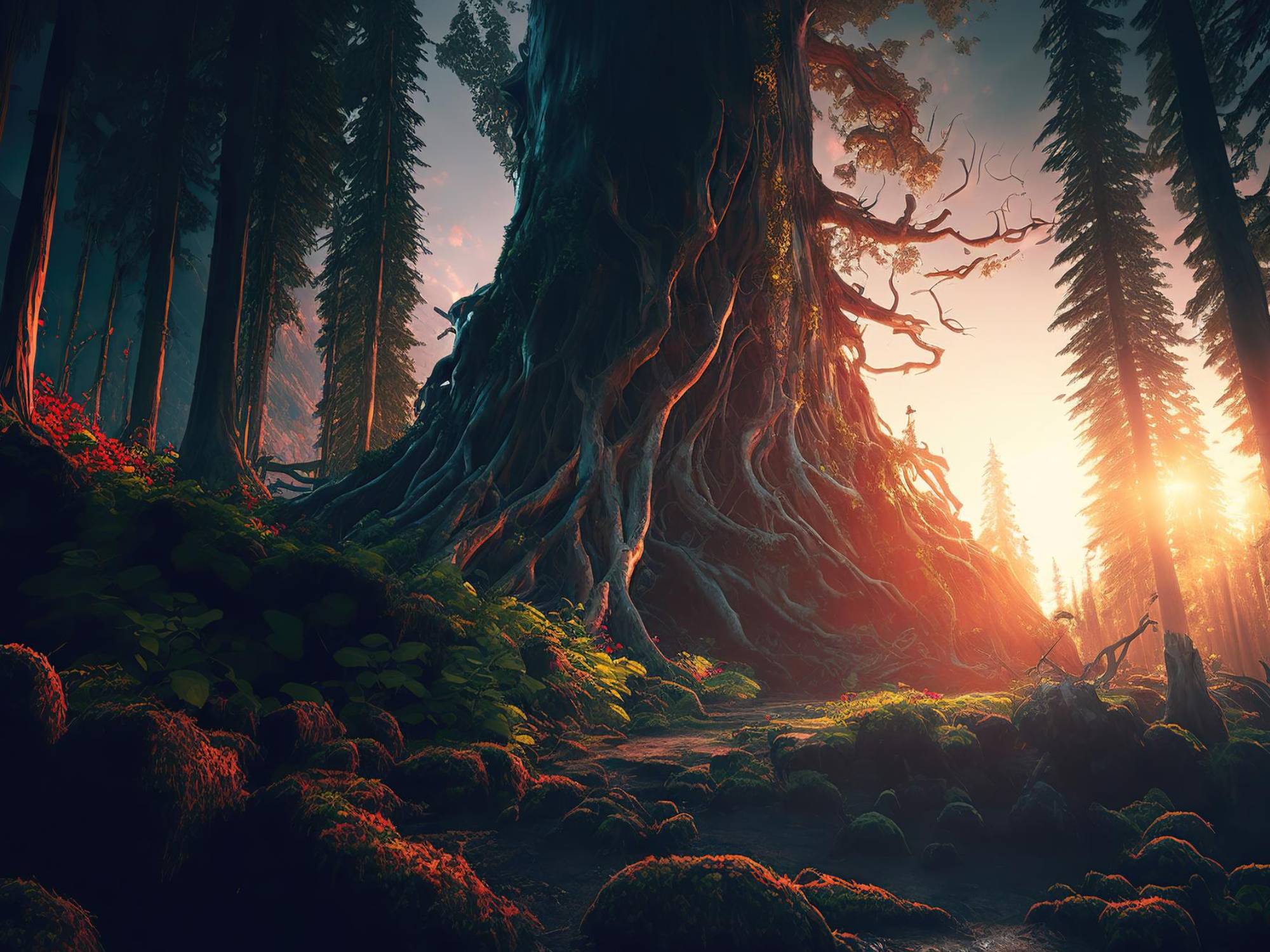Forest
AI image generators, often powered by advanced machine learning models, have become increasingly sophisticated and prevalent in recent years. These systems leverage deep learning techniques, particularly Generative Adversarial Networks (GANs) and Variational Autoencoders (VAEs), to create realistic and novel images. Here are some key aspects to consider when exploring AI image generators.
The field of AI image generation is dynamic, with continual advancements in model architectures, training techniques, and applications. Researchers are working on improving the efficiency, stability, and interpretability of these models.



Some AI image generators are designed to be user-friendly, allowing individuals without extensive technical knowledge to create and manipulate images. These tools empower a broader audience to engage with and benefit from AI-generated visuals
In summary, AI image generators represent a cutting-edge application of artificial intelligence, demonstrating the ability of machines to create visually compelling and realistic content. As the field continues to evolve, it is essential to address ethical considerations and ensure responsible development and use of these technologies.
AI image generators find applications in various fields, including art, design, and entertainment. Artists and designers use these tools to create unique visuals, and the entertainment industry utilizes them for special effects and content creation.
